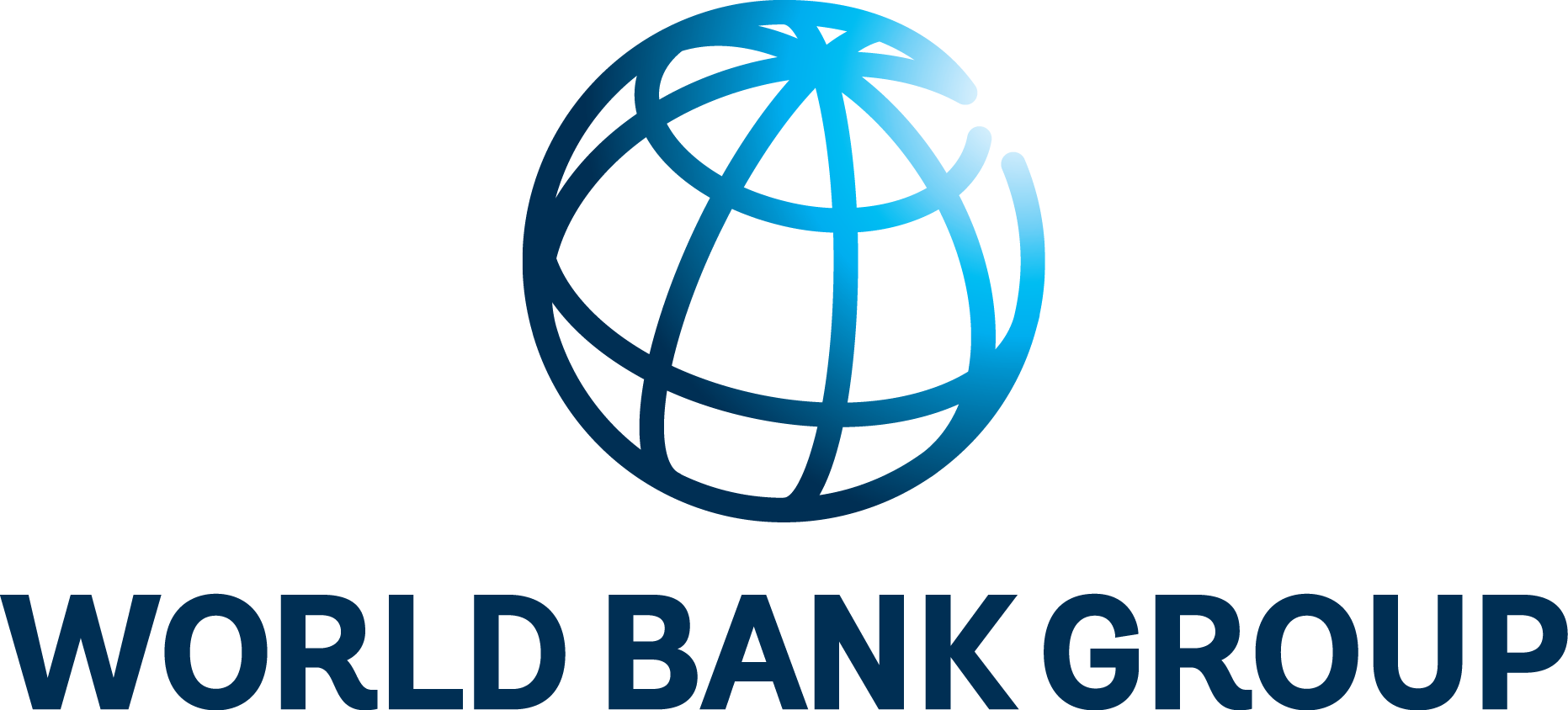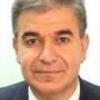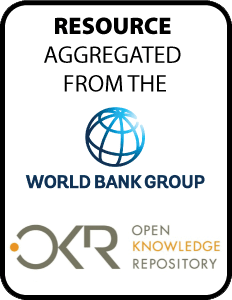The World Bank is a vital source of financial and technical assistance to developing countries around the world. We are not a bank in the ordinary sense but a unique partnership to reduce poverty and support development. The World Bank Group has two ambitious goals: End extreme poverty within a generation and boost shared prosperity.
- To end extreme poverty, the Bank's goal is to decrease the percentage of people living on less than $1.25 a day to no more than 3% by 2030.
- To promote shared prosperity, the goal is to promote income growth of the bottom 40% of the population in each country.
The World Bank Group comprises five institutions managed by their member countries.
The World Bank Group and Land: Working to protect the rights of existing land users and to help secure benefits for smallholder farmers
The World Bank (IBRD and IDA) interacts primarily with governments to increase agricultural productivity, strengthen land tenure policies and improve land governance. More than 90% of the World Bank’s agriculture portfolio focuses on the productivity and access to markets by small holder farmers. Ten percent of our projects focus on the governance of land tenure.
Similarly, investments by the International Finance Corporation (IFC), the World Bank Group’s private sector arm, including those in larger scale enterprises, overwhelmingly support smallholder farmers through improved access to finance, inputs and markets, and as direct suppliers. IFC invests in environmentally and socially sustainable private enterprises in all parts of the value chain (inputs such as irrigation and fertilizers, primary production, processing, transport and storage, traders, and risk management facilities including weather/crop insurance, warehouse financing, etc
For more information, visit the World Bank Group and land and food security (https://www.worldbank.org/en/topic/agriculture/brief/land-and-food-security1
Resources
Displaying 3981 - 3985 of 4905Sources of Welfare Disparities Across and Within Regions of Brazil : Evidence from the 2002-03 Household Budget Survey
Brazil's inequalities in welfare
and poverty across and within regions can be accounted for
by differences in household attributes and returns to those
attributes. This paper uses Oaxaca-Blinder decompositions at
the mean as well as at different quantiles of welfare
distributions on regionally representative household survey
data (2002-03 Household Budget Survey). The analysis finds
that household attributes account for most of the welfare
For Protection and Promotion : The Design and Implementation of Effective Safety Nets
All countries fund safety net programs
for the protection of their people. Though an increasing
number of safety net programs are extremely well thought
out, adroitly implemented, and demonstrably effective, many
others are not. This book aims to assist those concerned
with social policy to understand why countries need social
assistance, what kind of safety programs will serve those
best and how to develop such programs for maximum
Managing the Radio Spectrum : Framework for Reform in Developing Countries
Bringing management of the radio
spectrum closer to markets is long overdue. The radio
spectrum is a major component of the infrastructure that
underpins the information society. Spectrum management,
however, has not kept up with major changes in technology,
business practice, and economic policy that have taken place
worldwide during the last two decades. For many years
traditional government administration of the spectrum worked
Financing Cities : Fiscal Responsibility and Urban Infrastructure in Brazil, China, India, Poland and South Africa
This book, Financing cities, emphasized
case studies on different topics to look at the interactions
of a range of variables and factors and to see how they fit
together. Rather than require each case to follow the same
format, the authors have structured their papers around the
issues that matter most from their perspective in addressing
the topic in hand. The first part of this book presents case
studies describing the framework established at the national
Implications of Higher Global Food Prices for Poverty in Low-Income Countries
In many poor countries, the recent
increases in prices of staple foods raise the real incomes
of those selling food, many of whom are relatively poor,
while hurting net food consumers, many of whom are also
relatively poor. The impacts on poverty will certainly be
very diverse, but the average impact on poverty depends upon
the balance between these two effects, and can only be
determined by looking at real-world data. Results using






